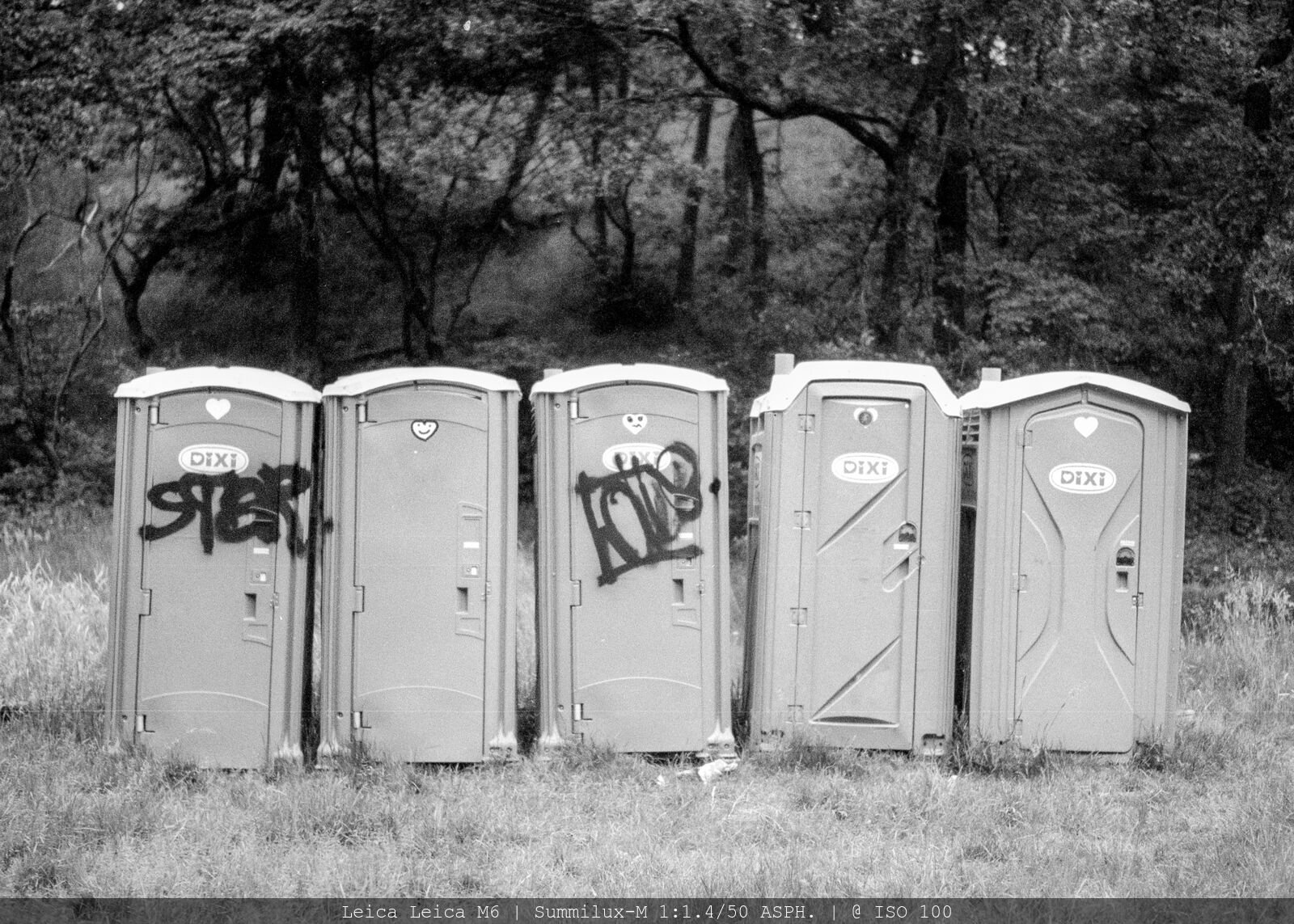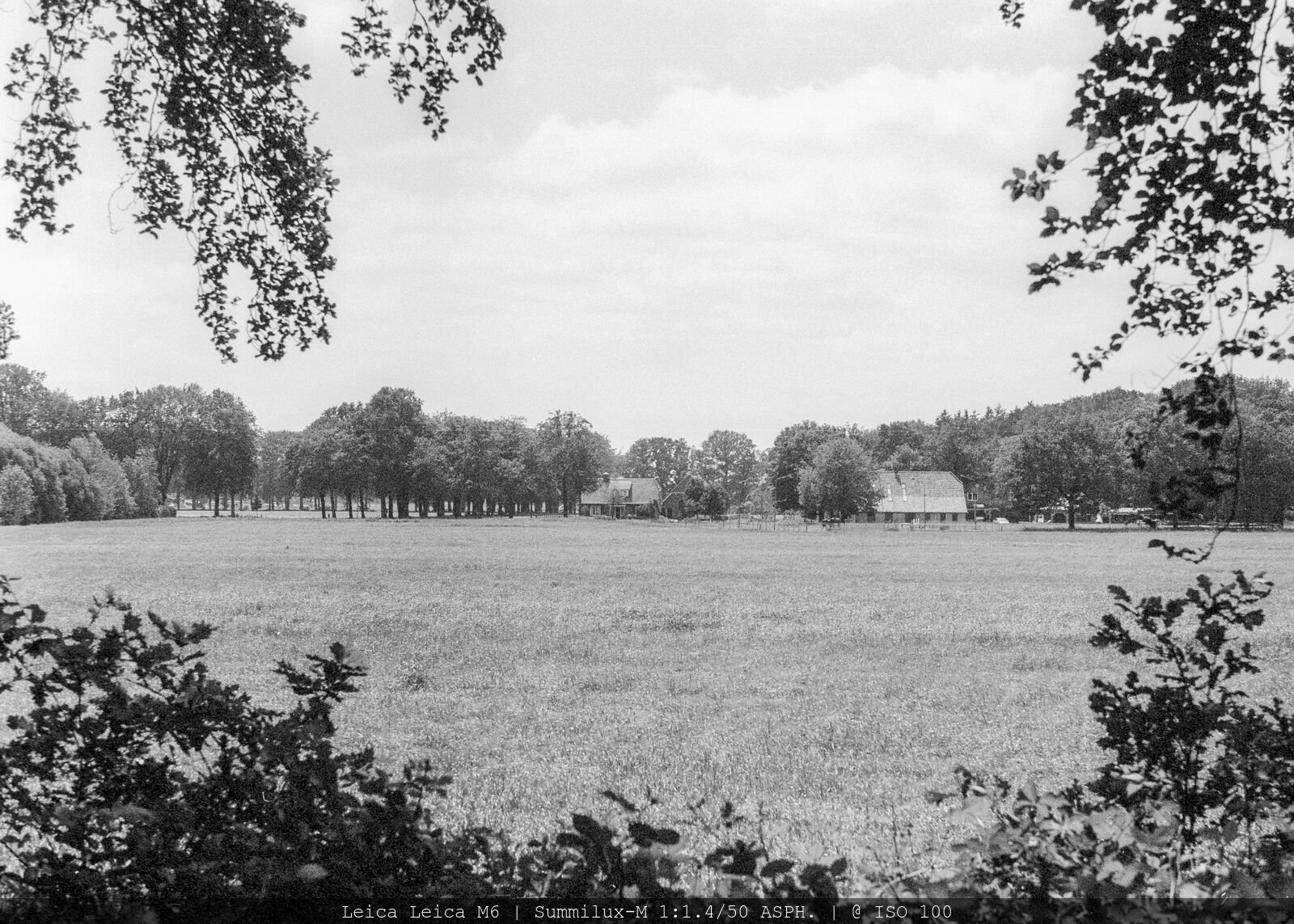Leica M6
Last time I shot film was somewhere in the 80’s, and when I hopped on the photography wagon again, it was with the digital cameras (~2001/2002). The advantages of going digital; No hassle of developing the film, and spending hours in a dark room. Digital was ‘easy’.
Since the last couple of years, the idea of shooting film emerged again. Not sure why exactly. Perhaps because stuff of the previous century is coming back (LP’s, audio cassettes, etc.). Retro is hip (or so they say).
The thing that kept me back was the investment in a film body (damn, I’m already talking in the past tense), and because I already have some excellent Leica M lenses, a Leica M film body is on the top of the list (if it comes to buying a film camera).
Since a Leica M6 (TTL) still costs ~3000 euro, the idea of stepping into film is still a (distant) idea, but the wall around the idea is crumbling. Especially since a photography meeting we had earlier this month.
One of the attendees asked if anyone was interesting in shooting film, since he had some film camera's with him. One being a Leica M6…
So I put my M10 in the bag and used the M6 (with black and white film) for the day.
It’s funny that operating the M6 is identical to using the digital M cameras. Main difference is there’s no Auto setting on the shutter dial, so you have to adjust the shutter (or the aperture) for a proper exposure, and the ISO is fixed.
Another difference is that you cannot ‘chimp’ (checking the photo on the LCD), and I noticed that I looked quite a few times at the back of the camera after taking a shot (only seeing the ISO dial).
Nikon Coolscan IV
When the day was over I dropped the film of for processing and the waiting started (another great thing of digital; no waiting. Instant gratification (or disappointment).
I used a borrowed Nikon Coolscan IV to digitize the negatives, and used ‘A Better Finder Attributes’ to populate the EXIF information.
The following scans were the results of shooting film after 30+ years. It must be like riding a bike; a bit rusty in the beginning, but the feeling returns after a couple of photos.








This experience didn’t really help. At some point I was hoping that it was a disaster, but it wasn’t. It was nice. It was different. But not so nice and different that I would part from my digital cameras…









